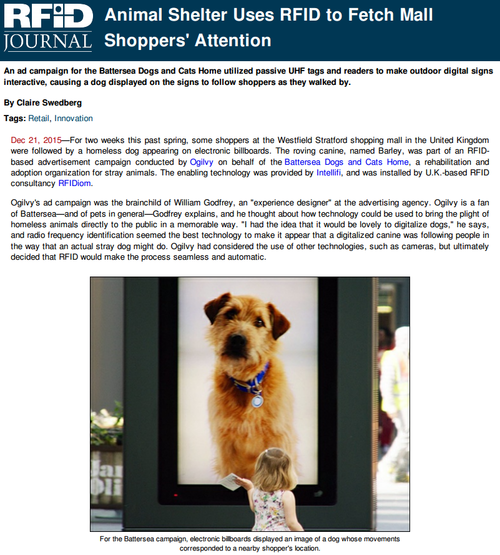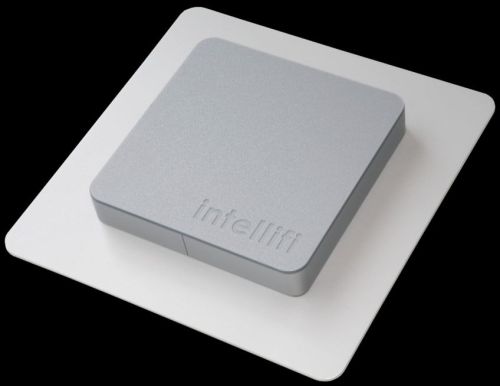“How entitled children are making their parents’ lives hell”
“Sons are smashing windows, furious they’re asked to stop playing computer games. Doors are hanging off hinges having been slammed so hard in a fit of pique. Teenagers are holding knives to their mother’s throat, or threatening to kill themselves.
This is the pointy end of entitlement, the defining characteristic of this generation of children.
[…]Mental health issues predicted
Kids who grow up insulated from difficulty and disappointment are also likely to struggle in adulthood if they don’t get into their first preference for uni, miss out on a job, or are dumped by the love of their life.”

 For two weeks this past spring, some shoppers at the Westfield Stratford shopping mall in the United Kingdom were followed by a homeless dog appearing on electronic billboards. The roving canine, named Barley, was part of an RFID-based advertisement campaign conducted by Ogilvy on behalf of the Battersea Dogs and Cats Home, a rehabilitation and adoption organization for stray animals. The enabling technology was provided by Intellifi, and was installed by U.K.-based RFID consultancy RFIDiom.
For two weeks this past spring, some shoppers at the Westfield Stratford shopping mall in the United Kingdom were followed by a homeless dog appearing on electronic billboards. The roving canine, named Barley, was part of an RFID-based advertisement campaign conducted by Ogilvy on behalf of the Battersea Dogs and Cats Home, a rehabilitation and adoption organization for stray animals. The enabling technology was provided by Intellifi, and was installed by U.K.-based RFID consultancy RFIDiom.